#PlantBiology
Text
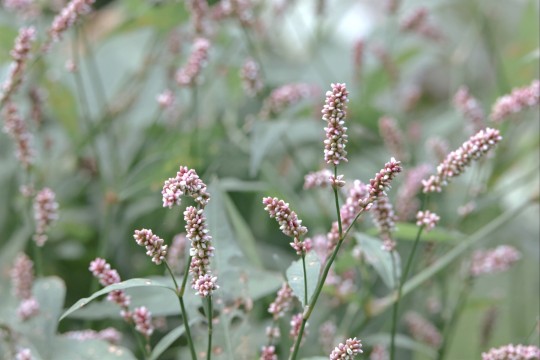
Lady’s Thumb
11 notes
·
View notes
Photo

Always an adventure with these two 💕 some favorites from our Malibu hike @cafloristicprovince @1un3f1ll3 #hikingadventures #hiking #biology #geology #plantbiology #adventureisoutthere🎈 #flowers #wildflowers #wildflowersofinstagram #waterfalls #monterreymodeloformation #Malibu #lifeasageologist (at Sycamore Canyon Hike) https://www.instagram.com/p/Cp0c8r6PhS_/?igshid=NGJjMDIxMWI=
#hikingadventures#hiking#biology#geology#plantbiology#adventureisoutthere🎈#flowers#wildflowers#wildflowersofinstagram#waterfalls#monterreymodeloformation#malibu#lifeasageologist
2 notes
·
View notes
Text
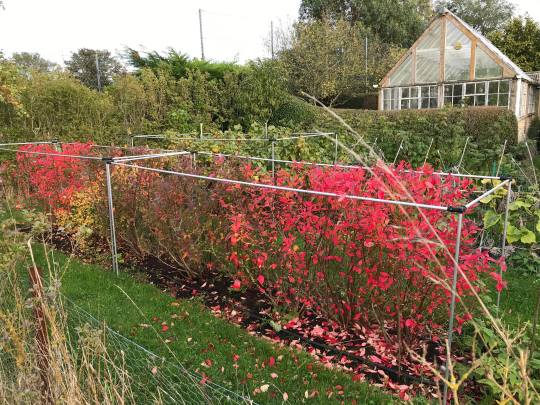

Red and blue are opposite colours, but they can occur on the same plant in different seasons.
These vivid scarlet leaves belong to the domesticated Blueberry (Vaccinium corymbosum) in October, which had provided us with a massive harvest of blue fruits back in July. The conventional explanation for the change from red to green leaves in autumn is that the photosynthetic pigment chlorophyll is broken down and recycled as the plant prepares to enter winter dormancy, leaving behind the fiery coloured pigments called anthocyanins in the leaves. The latest scientific research suggests the story is more complex. In perennial plants with red fall foliage, research indicates that many new anthocyanins are made in the leaves during autumn and not just un masked when chlorophyll breaks down. The extra anthocyanins may have an antioxidant effect for the plant, allowing the plant to stay healthy and protected from UV damage and cold stress as the plant recycles the nitrogen stored in the leaves.
Plant biologists also hypothesise that changing leaf colour from green to red may deter hungry herbivores from eating the leaves while the plant is trying to recycle and store the nutrients in the leaves to help it survive the winter. Other research suggests that plants adapted to harsher, nutrient poor environments have evolved increased anthocyanin production in the autumn to make the most of the nutrients already in their leaves. Since the domesticated blueberry's ancestors evolved in nutrient-poor bogs of Canada, it makes sense that their pampered descendants in the UK still have red leaves in autumn.
#red#redleaves#autumn#autumnleaves#fall#fallfoliage#crimsonred#leaves#blueberry#blueberrybush#plantscience#plantbiology#botany#scienceofleafcolor#autumncolors#katia plant scientist#katia plantscientist#chlorophyll#anthocyanin#red leaves#fruits and vegetables#plant science#plant biology#plants#plant scientist#garden#grow your own food
8 notes
·
View notes
Text
The Wonders of Tree Leaves: Unveiling the Secrets of Nature's Marvels
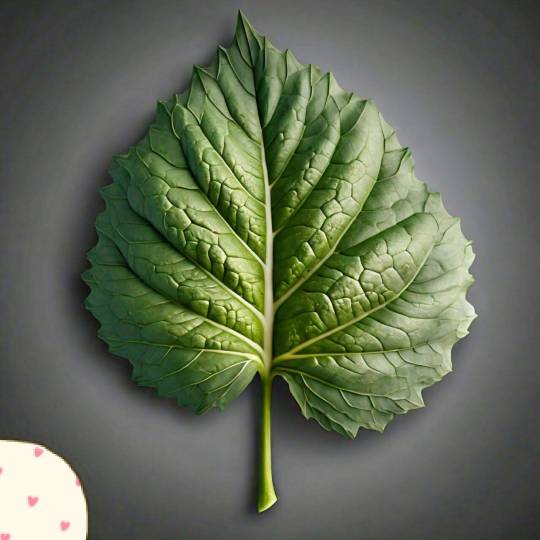
Tree leaves are one of the most fascinating and essential components of the natural world. With over 60,000 known tree species worldwide, leaves come in a staggering array of shapes, sizes, colors, and textures. From the majestic oak to the delicate cherry blossom, each leaf is a marvel of nature, playing a crucial role in the survival and thrival of trees, and by extension, our planet. In this article, we'll delve into the remarkable world of tree leaves, exploring their structure, functions, importance, and some fascinating facts and uses.
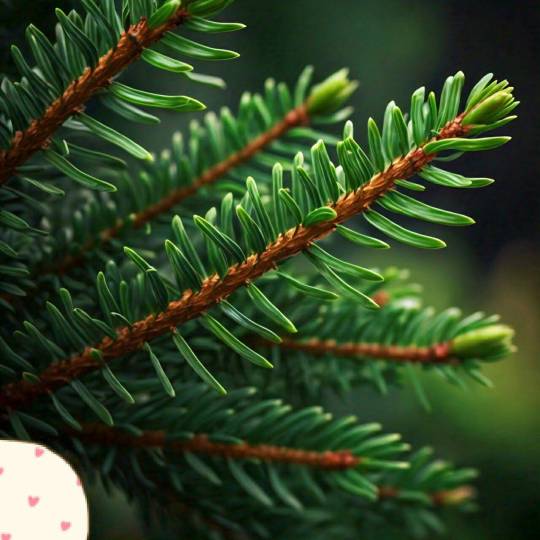
Structure and Functions:
Leaves are the primary organs of photosynthesis, responsible for converting sunlight, water, and carbon dioxide into glucose and oxygen. This process is made possible by the leaf's intricate structure, which includes:

Cuticle: A thin, waxy layer that prevents water loss and protects the leaf from external damage.
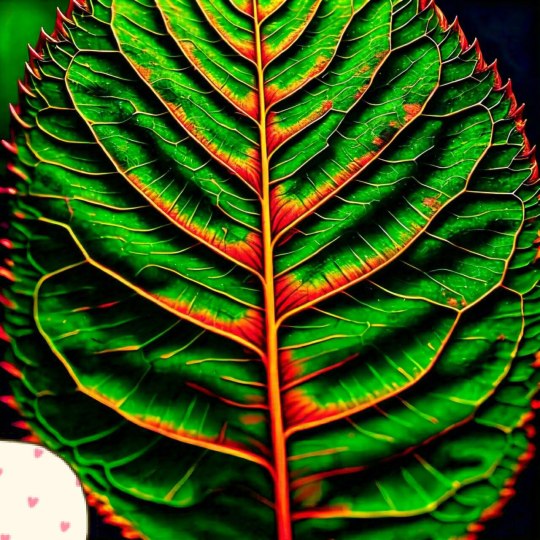
Epidermis: A layer of cells that regulates water and gas exchange, and provides additional protection

Mesophyll: The inner tissue where photosynthesis takes place, comprising palisade and spongy mesophyll cells.
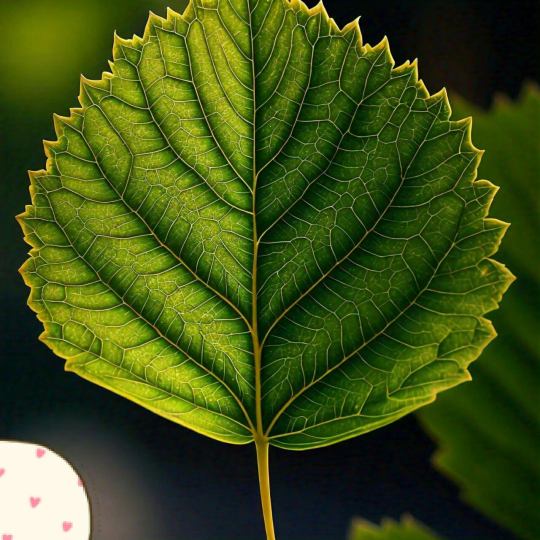
Veins: The network of vessels that transport nutrients, water, and sugars throughout the tree.
Leaves also serve as:
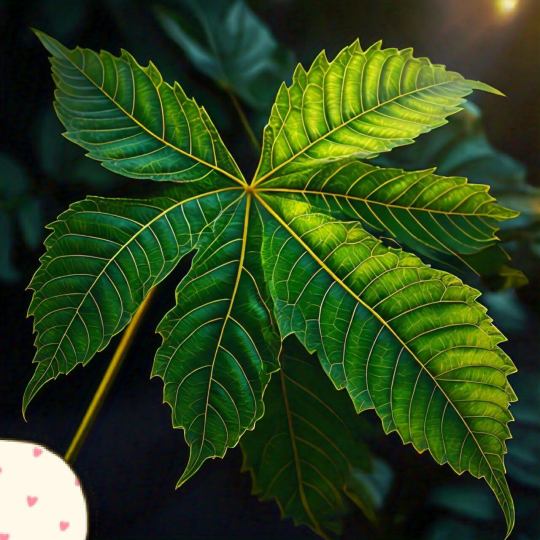
Food factories: Producing nutrients for the tree's growth and development.

Water regulators: Controlling water loss and maintaining the tree's water balance.
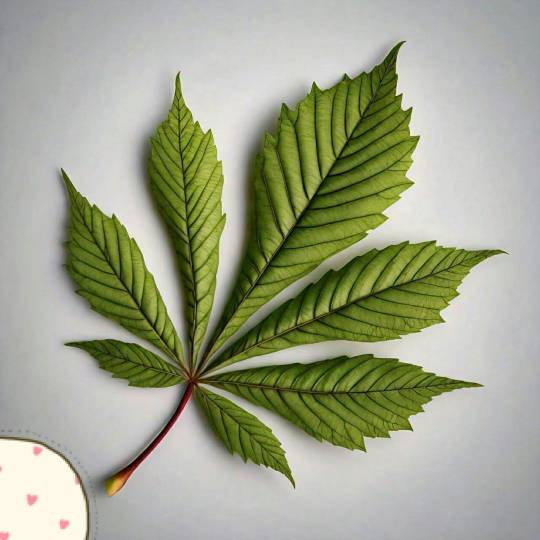
Temperature moderators: Helping to regulate the tree's temperature, and protecting it from extreme temperatures.
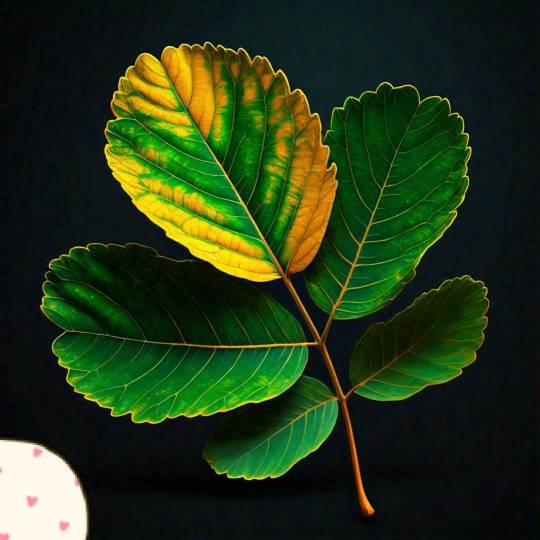
Air purifiers: Absorbing carbon dioxide and releasing oxygen, supporting life on Earth.
Importance:
Tree leaves are vital for:
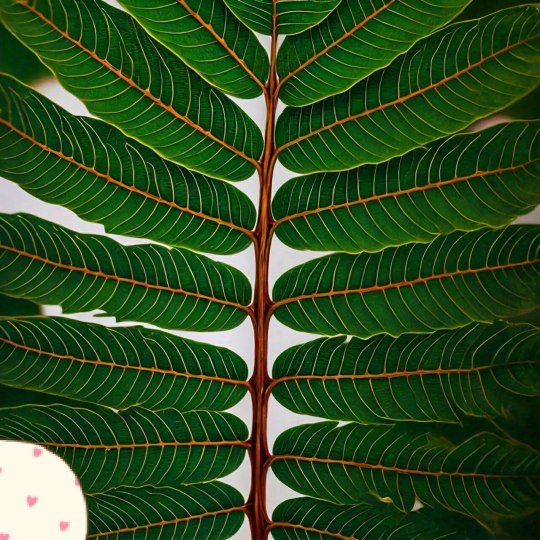
Oxygen production: Providing the oxygen we breathe, and supporting aerobic respiration in all living organisms.

Food production: Supporting the growth of fruits, nuts, and other edible crops, which are essential for human and animal nutrition.
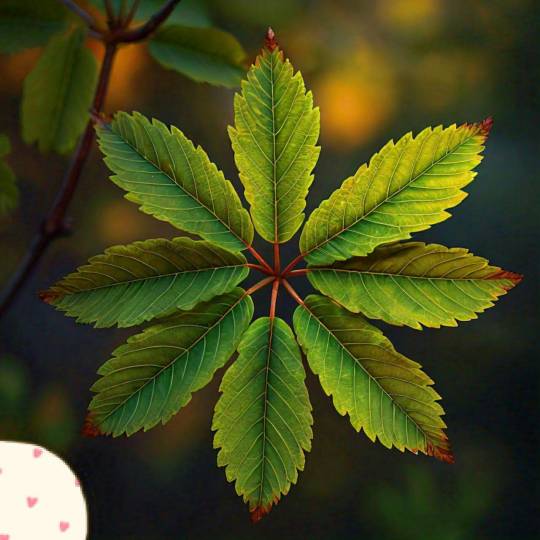
Climate regulation: Influencing local climates and weather patterns, and supporting global climate stability.

Ecosystem balance: Supporting a diverse range of wildlife and microorganisms, and maintaining ecosystem health and resilience.
Fascinating Facts and Uses:

Leaves can be used as natural remedies for various ailments, such as:
Willow leaves for pain relief and anti-inflammatory purposes.
Peppermint leaves for digestive issues and respiratory problems.

Aloe vera leaves for skin conditions and burns.
Some leaves, like those from the mulberry tree, are used as food for silkworms, producing silk.
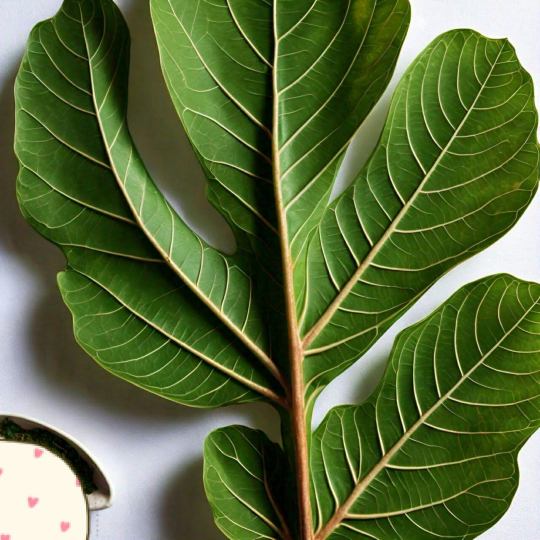
Leaves can be used for crafts, such as: Xxx
Leaf rubbings: Creating detailed impressions of leaves for art and education.
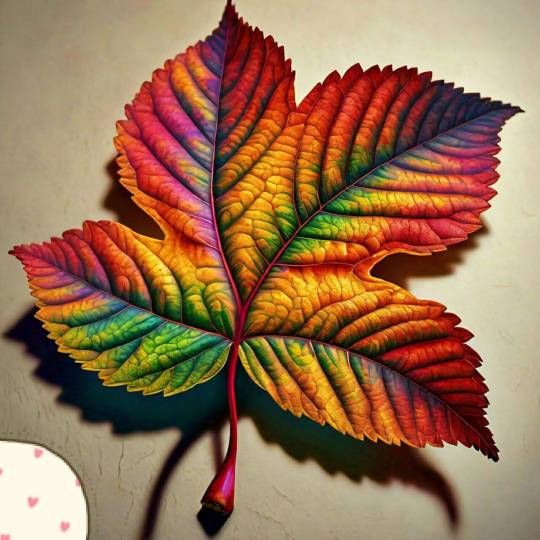
Leaf pressing: Preserving leaves for decorative purposes, or for use in crafts and arrangements.
Leaf art: Creating intricate designs and patterns using leaves.
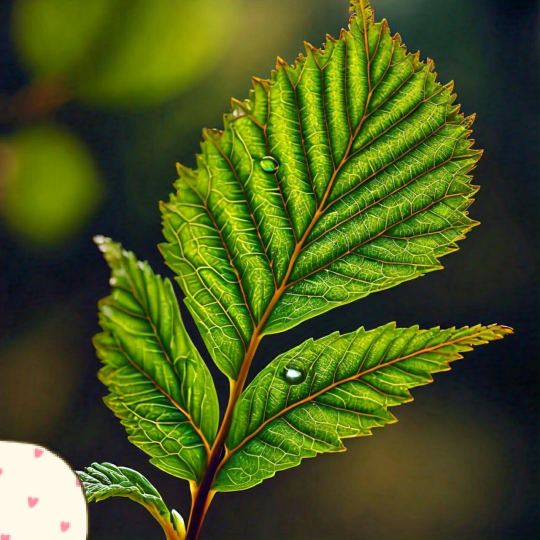
Leaves are used in traditional medicine, such as: Xxx
Ayurvedic medicine: Using leaves like turmeric, ginger, and neem for various health conditions.

Chinese medicine: Using leaves like ginseng, and Chinese angelica for medicinal purposes.
Conclusion:
Tree leaves are a true marvel of nature, playing a vital role in the survival of trees and our planet. By appreciating and understanding the importance of leaves, we can work to protect and preserve our natural world for future generations. Whether you're a nature enthusiast, a scientist, or simply someone who appreciates the beauty of leaves, this article has hopefully inspired you to look at these incredible structures in a new light.
Optimized keywords: Tree leaves, photosynthesis, leaf structure, leaf functions, importance of leaves, leaf uses, natural remedies, traditional medicine, ecosystem balance, climate regulation, oxygen production, food production.
#TreeLeaves#Photosynthesis#LeafStructure#LeafFunctions#ImportanceOfLeaves#LeafUses#NaturalRemedies#TraditionalMedicine#EcosystemBalance#ClimateRegulation#OxygenProduction#FoodProduction#NaturesMarvels#LeafAnatomy#PlantBiology#EnvironmentalScience#Biodiversity#SustainableLiving#HerbalMedicine#BotanicalStudies
0 notes
Video
youtube
Unlocking the Mystery of Photosynthesis: A Detailed Explanation
#youtube#PhotosynthesisExplained#BiologyTutorial#PlantScience#ScienceEducation#PhotosynthesisProcess#BotanyBasics#PhotosynthesisTutorial#PlantBiology#EducationalVideo#greenworld
1 note
·
View note
Text



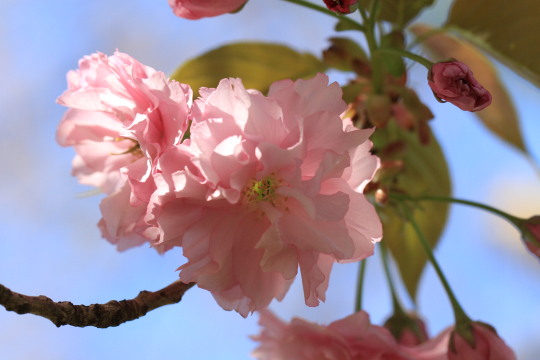
Spring has brought some beautiful blooms of flowers and trees to Virginia. The bees have been busy with their pollination activities, spreading grains of yellow pollen into the air. The rains and increasing temperatures are promoting more growth this April, and soon there will be lush gardens filled with more of the returning perennial plants and new annuals.
Blooming #Flowers #Tulip #AppleBlossom #Bees #Spring2024 #Spring #Gardening #Botany #PlantBiology #Biology
1 note
·
View note
Text

Researchers at Penn State have discovered a protein that plays a crucial role in regulating the creation of cellulose in plant cells. Cellulose, a key component of plant cell walls, has diverse applications in food, paper, textiles, and biofuels. By identifying the protein called calcium-dependent protein kinase 32 (CPK32) and its ability to modify the cellular machinery responsible for cellulose production, this study opens up possibilities for designing more stable, cellulose-enriched materials for biofuel production and other functions. The findings, published in New Phytologist, shed light on the complex process of cellulose synthesis and offer promising avenues for further research.
Click on the link to know more: https://www.wissenresearch.com/
0 notes
Text
Tenure Track Position in Plant Biology (Plant Ecology)
Georgia college & State University
Join Georgia's designated Public Liberal Arts University as a Plant Ecologist immersed in research and teaching. #Botany #PlantBiology #PlantEcology
See the full job description on jobRxiv: https://jobrxiv.org/job/georgia-college-state-university-27778-tenure-track-position-in-plant-biology-plant-ecology/?feed_id=65300
#ScienceJobs #hiring #research
Milledgeville #UnitedStatesUS #FacultyMember #Scientist
0 notes
Text
summer studying challenge 08.25-26.

Creating and revising ANKI flash cards. The topc is: plant hormones.
25th August - Do you wear sunscreen?
Only on my face on weekdays but to the beach on my whole body. 😉
26th August - Have you ever been really badly sunburnt?
Probably but I didn’t put it in my calendar.😈
3 notes
·
View notes
Photo
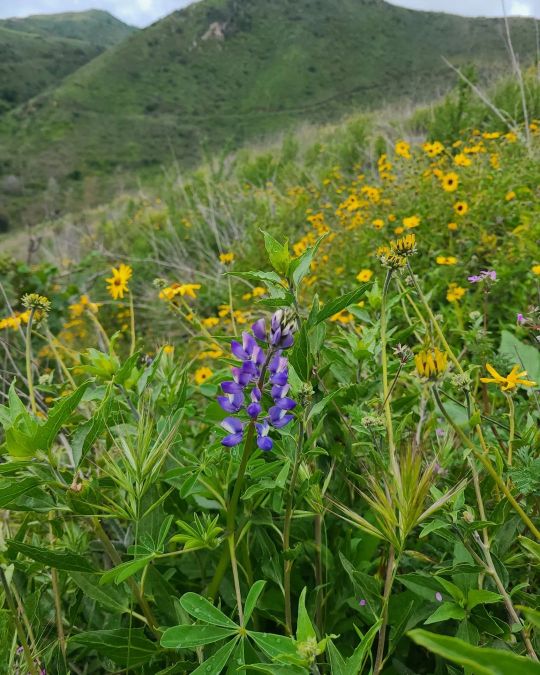
Always an adventure with these two 💕 some favorites from our Malibu hike @cafloristicprovince @1un3f1ll3 #hikingadventures #hiking #biology #geology #plantbiology #adventureisoutthere🎈 #flowers #wildflowers #wildflowersofinstagram #waterfalls #monterreymodeloformation #Malibu #lifeasageologist (at Sycamore Canyon Hike) https://www.instagram.com/p/Cp0c8r6PhS_/?igshid=NGJjMDIxMWI=
#hikingadventures#hiking#biology#geology#plantbiology#adventureisoutthere🎈#flowers#wildflowers#wildflowersofinstagram#waterfalls#monterreymodeloformation#malibu#lifeasageologist
0 notes
Text

Is this a pagan ritual scene from a lost 1970's British folk horror film? No, but it is horror of another kind - the "disappointment" of growing F2 seeds from F1 supermarket Butternut Squash (Cucurbita moschata).
What is an "F1 plant" and why should we avoid saving seeds from F1 fruits, veggies, and flowers? F1 is genetics terminology for "filial generation number 1". An F1 generation is created by cross breeding two distinct varieties of plant via sexual reproduction. The two parent plants may be different cultivars of the same plant species, or even two different but closely related species. The aim is to produce a plant with the best characteristics of the two parent plants. These desirable characteristics may include large fruits, many fruits per plant, good flavour, disease resistance, or compact plant size (so more can be grown in an area). These F1 hybrids all have the same combination of genes from both parents and are uniform in appearance.
This consistency and combination of useful traits makes F1 hybrid plants popular in both home gardening and industrial agriculture. The dark side of F1 plants that their seeds will grow into plants very different from the parent plants. That's the case with the supermarket Butternut Squash. The parent plant's fruit is pictured in the screenshot and it is a long, heavy, pear shaped squash. The F2 generation are a motley crew of miniature butternut shaped squash and chunky round squash. Most only had 1-2 fruits per sprawling plant. When in doubt about F1 seeds, stick to buying true heirloom varieties.
(Please note that the long pale coloured squash is a Candy Roaster (Cucurbita maxima), not a Butternut.)
#butternutsquash#butternut#wintersquash#wintersquashseason#squash#folkhorror#witchyvibes#f1#f1hybrid#hybridplant#f1seeds#f2generation#genetics#plantbiology#plantgenetics#katia plant scientist#plant science#plant biology#plant scientist#plants#fruits and vegetables#still life#plant aesthetic#cottagecore
6 notes
·
View notes
Photo
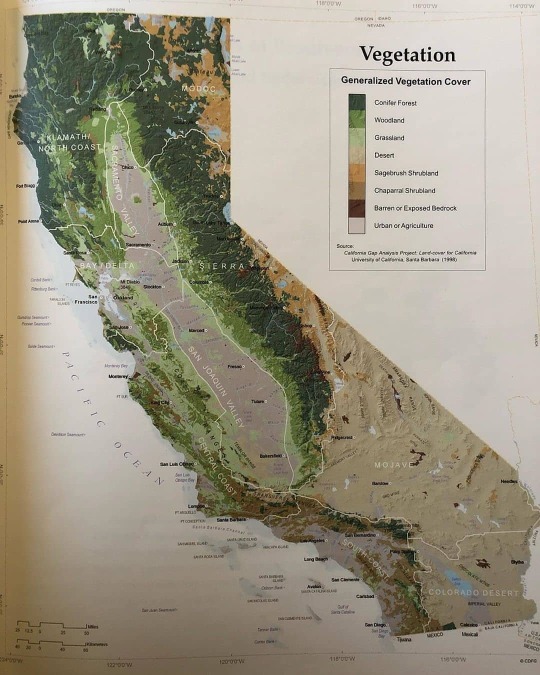
#BIOME Reposted/#regrann from @nevada_county_native_plants From what I can tell this pic of this map will hopefully be legible for those who are interested. I’ll share more of these if there’s interest. Having even casual conception of the states flora, geology, and geologic history, overlayed on a shade relief map, the patterns really make sense.
Map theme is vegetation
Generalized vegetation cover. Some ecoregions are defined even by this map, minus the Modoc, and Klamath North Coast.
#arcgis
#vegetation
#californianativeplants
#cnps
#californianativeplantsociety
#california
#plantbiology
#botany
#botanyisbitchin
https://www.instagram.com/p/CBQm4TlAXp_/?igshid=1fx56cfkqek1a
#regrann#arcgis#vegetation#californianativeplants#cnps#californianativeplantsociety#california#plantbiology#botany#botanyisbitchin#BIOME
4 notes
·
View notes
Video
youtube
"Unlocking the Mystery of Photosynthesis: A Detailed Explanation" (Hindi)
#youtube#PhotosynthesisExplained BiologyTutorial PlantScience ScienceEducation PhotosynthesisProcess BotanyBasics PhotosynthesisTutorial PlantBiology
0 notes
Text
Carmen Leitch - A Tropical Fruit With a Antimicrobial Effects:
BlighiaSapida #Okpu #TropicalFruit #Antimicrobial #AntibioticResistance #Antibiotic #Disease #Pathogenicity #Medicine #PlantBiology #Microbiology #Biology
#blighiasapida#okpu#tropicalfruit#antimicrobial#antibioticresistance#antibiotic#disease#pathogenicity#medicine#plantbiology#microbiology#biology
0 notes
Photo
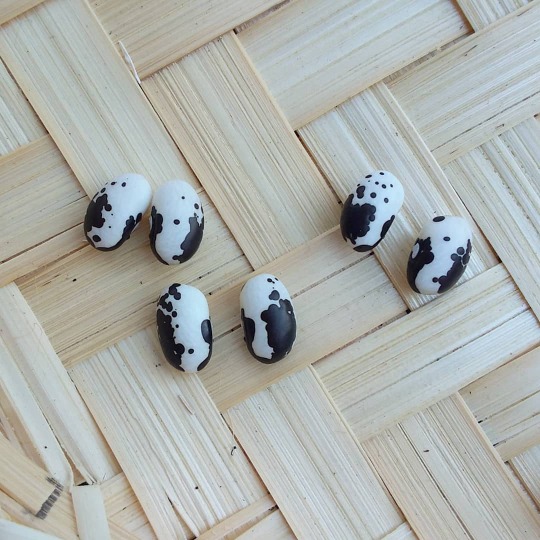
Apparently beans in the same pod grow as twins???? ((You know how when you open a bean pod, there's usually one on each half of the pod?)) I wouldn't have even thought of that if these weren't Orca Beans (because you can see the pattern), that's so cool?? Also, this handful I picked have more black spots than the first batch, finally!! ⚪⚫⚪⚫ #gardening #harvest #beans #orcabeans #calypsobeans #plants #biology #plantbiology https://www.instagram.com/p/CCpQ64cgCpF/?igshid=lfrmo9mlzns2
1 note
·
View note
Text
Studying taxonomic categories and rank.

3 notes
·
View notes